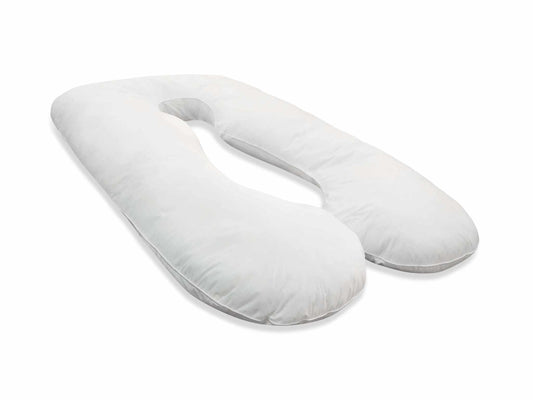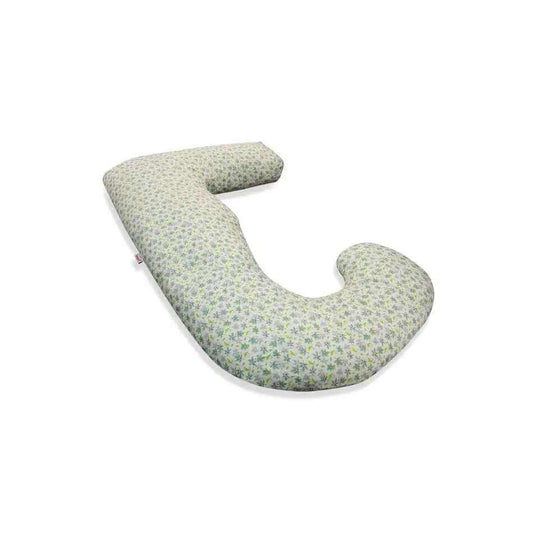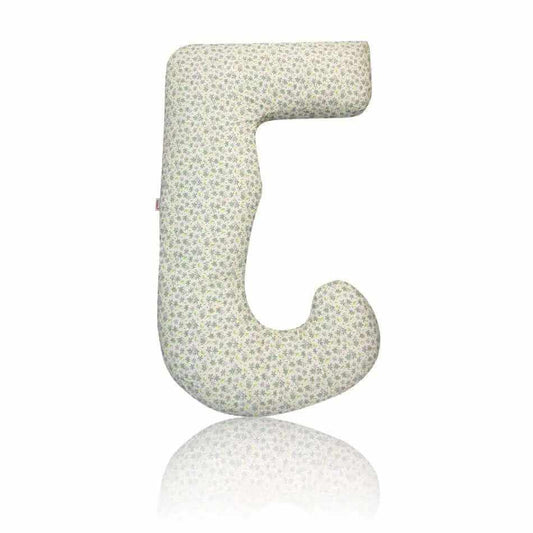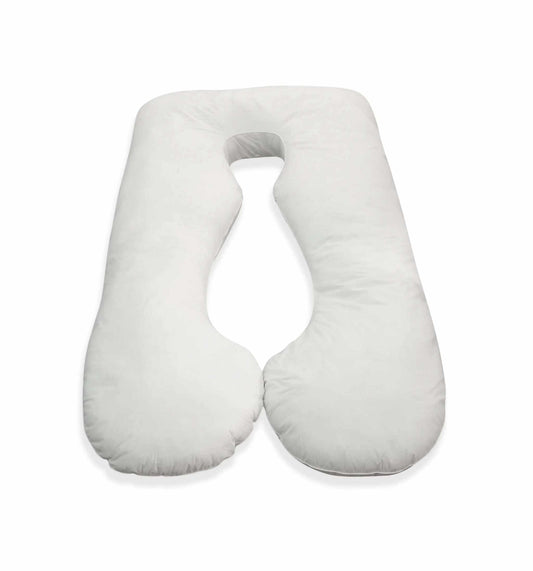Simple Strategies to Relieve Back Pain at Your Desk
In today's digital age, many of us spend a significant portion of our day working at a desk or computer. Unfortunately, this sedentary lifestyle can contribute to back pain and discomfort. However, the good news is that you can take proactive steps to prevent back pain by optimizing your workspace. In this article, we'll explore the importance of creating an ergonomic workspace and provide practical tips to help you set up a comfortable and back-friendly work environment.
Understanding Ergonomics
Ergonomics is the science of designing and arranging workspaces to fit the needs of the individual using them. When applied to an office or workspace, ergonomic principles aim to reduce physical stress and strain, ultimately preventing discomfort and pain, including back pain. An ergonomically designed workspace takes into account factors such as posture, equipment placement, and user comfort.
The Role of Ergonomics in Preventing Back Pain
Maintaining Proper Posture
One of the key aspects of ergonomic design is encouraging and supporting good posture. Sitting or standing with proper alignment of the spine reduces the strain on your back muscles, discs, and ligaments. An ergonomic workspace promotes a neutral spine position, reducing the risk of developing back pain.
Reducing Strain on Muscles and Joints
An ergonomically designed workspace minimizes awkward postures and repetitive movements that can cause muscle tension and joint stress. By optimizing the placement of your chair, desk, keyboard, and monitor, you can minimize physical strain, particularly on your lower back.
Tips for Creating an Ergonomic Workspace
Choose the Right Chair
Invest in an ergonomic chair that supports the natural curve of your spine. Ensure it has adjustable features like lumbar support and armrests to accommodate your body's unique needs.
Adjust Your Desk and Chair Height
Your desk and chair should be at a height that allows your feet to rest flat on the floor or on a footrest, with your knees at a 90-degree angle. Your elbows should also rest comfortably at your sides, forming a 90-degree angle when typing.
Position Your Monitor
Your computer monitor should be at eye level and directly in front of you, about an arm's length away. This placement helps maintain a neutral neck position and reduces the strain on your upper back and neck.
Use an Ergonomic Keyboard and Mouse
Consider using an ergonomic keyboard and mouse that encourage a natural hand and wrist position. This can help prevent conditions like carpal tunnel syndrome and also reduce strain on your upper back.
Take Breaks and Move
Even with an ergonomic workspace, it's essential to take regular breaks to stand, stretch, and walk around. Prolonged sitting, even in an ergonomic chair, can still contribute to back pain and other health issues.
Organize Your Workspace
Keep frequently used items within easy reach to minimize unnecessary stretching or bending. Use document holders to prevent straining your neck when referencing documents.
Creating an ergonomic workspace is a proactive and effective way to prevent back pain. By prioritising proper posture, reducing strain on muscles and joints, and optimizing the arrangement of your desk and computer equipment, you can significantly reduce the risk of developing back pain while working. Invest in ergonomic furniture and accessories, and don't forget to take regular breaks to move and stretch. Your back will thank you for it, and you'll enjoy a more comfortable and productive work environment.
Blog Post by Sanggol Blogs | Sanggolcomfort.com. Sanggol are manufacturer and retailers of Sanggol U Body Pillows | U Pregnancy Pillows, J Pregnancy Body Pillows and C shaped Body Pillow | Nursing Pillow.












